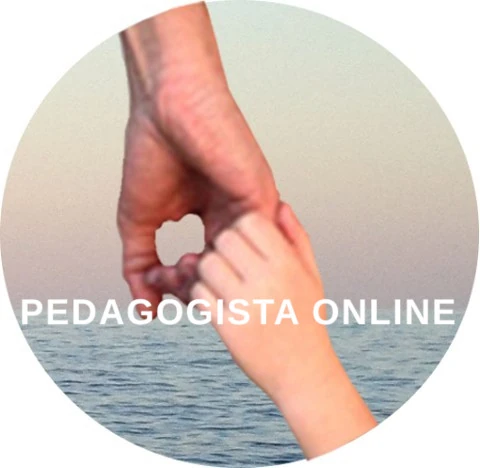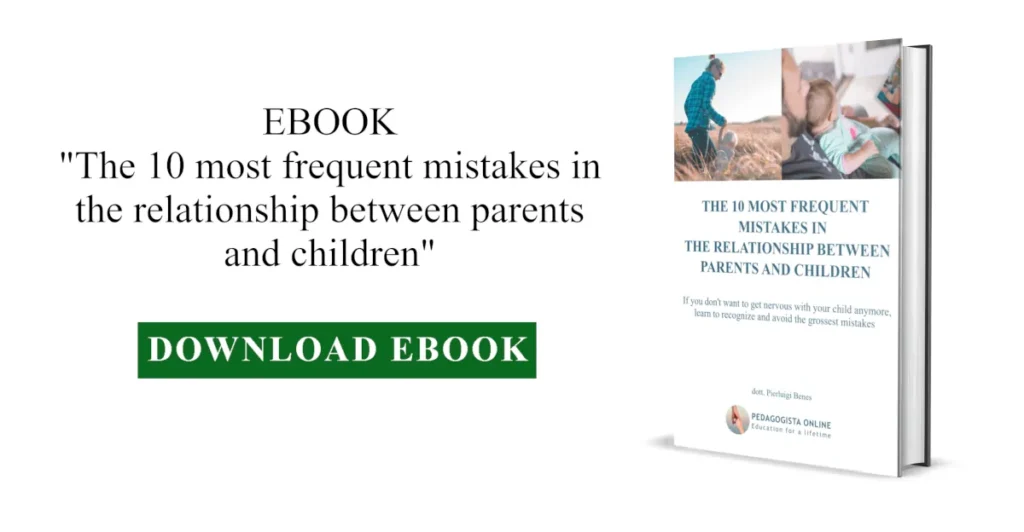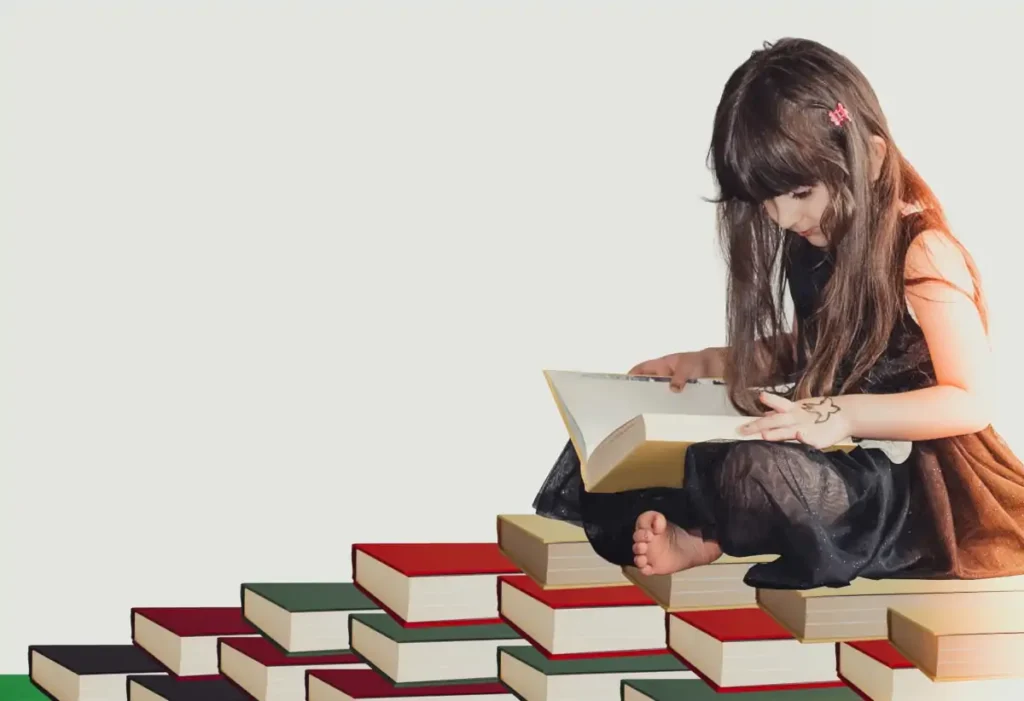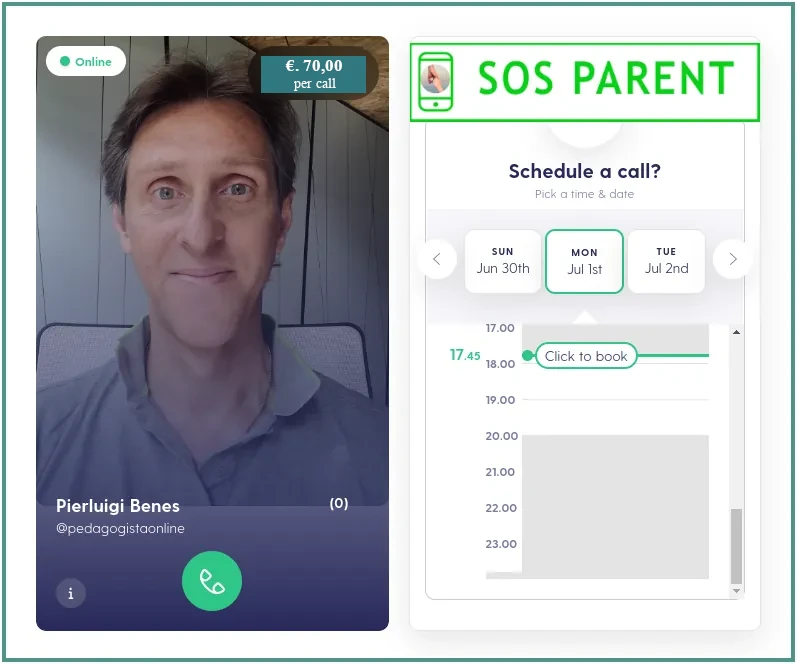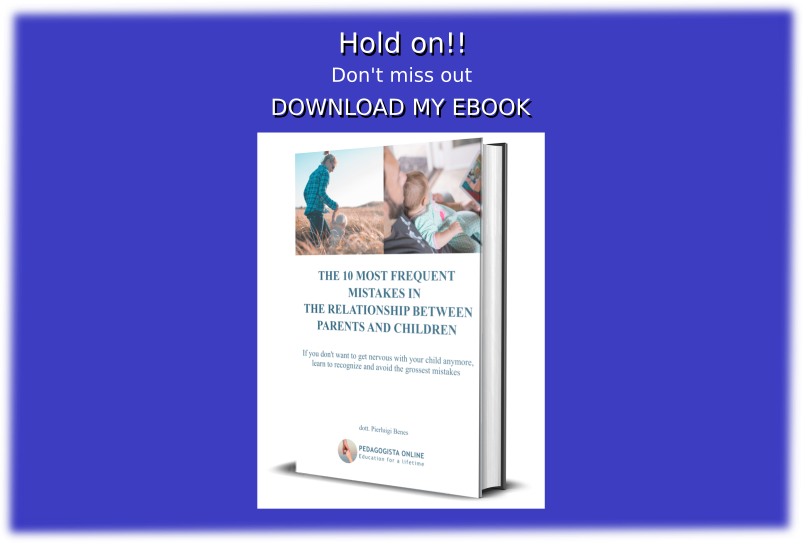The teachers of your child have warned you that he may be dyslexic. They have observed learning difficulties, which manifest in reading and, to some extent, in writing and arithmetic. Therefore, they advise you to immediately seek evaluation from healthcare services to assess the child, with the possibility of obtaining certification that would exempt him from many hardships.
A specialist also noticed this during a screening at school to monitor potential difficulties in students, and your child was found to be at a particularly critical level.
This has alarmed you, and now you want to understand more because you hear many opinions about dyslexia and the difficulties parents face in finding appropriate solutions for their children’s needs.
You feel uncomfortable because your child might seem a bit clumsy, but he is certainly intelligent and capable; thus, you are unsure why the school raised the alarm. Nevertheless, you already feel the attention and pressure from many people due to having a child who is part of the widespread circle of individuals: those with dyslexia.
If this is the case, know that you are in good company, as there are many, many parents in your situation; definitely too many.
Now I will explain the reasons why you shouldn’t be alarmed, starting by introducing a quite widespread dynamic in the field, which also involves dyslexia.
1. The trend of autism
I am an educationalist, and I began working with children in 2000. I have dealt with highly complex situations, involving children of all ages with various forms of disorders, including learning disabilities, language impairments, hyperactivity, autism, and more.
Over the decades, I have seen it all, but what saddened me the most was the speculation that arises around people’s issues, leading to the crass phenomenon of labeling, which I will talk to you about later. Unfortunately, there is a strong business revolving around these individuals, and the attention of institutions and services often focuses on certain “trends,” or rather, “fads.”
For example, when I was in university in the 1990s, autism was a popular topic. It was extensively discussed, and a significant portion of exam materials revolved around this type of disorder.
As soon as I started working, I dealt with many children with autism or suspected autism, and my organization sent me to help schools and social services manage children and teenagers with this type of disorder.
There was a frantic search for potentially autistic children, as if it were the only issue. You could sense it in conferences, discussions with teachers, social workers, parents, and all professionals dealing with children. I still remember a school bus driver who was venturing into “diagnoses” of this kind for some children.
Like all trends, it eventually passes, although it has left significant effects, such as an overdiagnosis that has led to a veritable “diagnostic epidemic” (M. Zappella, 2021).
2. The trend of hyperactivity
After a few years, beyond the intensification of diagnoses, the attention to this type of disorder began to decline because a new interest emerged on the horizon: the ADHD syndrome (Attention Deficit Hyperactivity Disorder).
I experienced again the same situation as in my early years of work; in that case, the new morbid research aimed to identify hyperactive children. It was discussed at conferences, in schools, social services, healthcare settings, and among parents. Suddenly, all slightly “agitated” children became the target of these prurient observations.
Most professionals in the field had missed something that we, pedagogists, and other education professionals had noticed quite well: society underwent a radical transformation around the late 90s and 2000s. Previously, parents were tendentially all-powerful, then children became the ones with the power.
This phenomenon reversed the roles and greatly fueled the liberties that many children were able to take, which they didn’t have before.
For a banal example, if I, as a child, had boarded the school bus and said “Hi!” to the driver or not even greeted him, instead of greeting him respectfully with “Good morning, Mr. Mario!”, I would probably have heard about it from him, then from my teacher, and then from my parents.
This overly excessive system was replaced by an even more extreme one within a few years. In many cases today, the school bus driver is lucky if the children don’t insult him, and if he reaches the weekend without hearing problems.
What does this mean? This tells us one very clear thing: many of the most salient behaviors in a child with these characteristics (excessively lively, free to do and say whatever they want at any time, etc.) overlap with remarkable similarity to the typical behaviors of a child with ADHD; and this has created considerable confusion for those who didn’t know what ADHD was.
It was evident that the number of cases in society couldn’t have increased tenfold; it was equally evident that two similar but different phenomena were being confused. For this reason, the attention to detect that type of disorder was excessively high, while there was no interest in accompanying parents from an educational point of view through the ongoing transition.
Like all trends, it eventually also ends. In this case, it faded as a result of a greater containment in the use of psychostimulants (M. Zappella, 2021).
3. The trend of dyslexia
In the last decade, the attention towards hyperactivity has decreased, and there has been a significant increase in interest in another topic: dyslexia, and more broadly, Specific Learning Disorders (SLD).
Compared to the other trends mentioned above, SLDs have become extremely popular and continue to attract a lot of attention from specialists, services, and schools, to the point where it prompted the institutions to enact a state law to regulate the matter (Italian Law n. 170/2010). No other disorder has ever received such attention from the Italian Legislature.
The issues with this disproportionate attention have been highlighted by various sources, even though it seems not to diminish at the moment. In particular, the warning from prestigious sources, like the one I am discussing now, is of extreme interest.
For instance, the Institute of Orthophonology (IdO) in Rome sounded an alarm a few years ago, stating that “1 in 5 children in Italy is considered dyslexic when, in reality, they only have common difficulties”. According to their research, the children at risk of SLDs are actually only 20% of those reported.
Then there’s neuropsychiatrist Michele Zappella, who, in a recent publication, talks about a veritable diagnostic epidemic regarding dyslexia, involving children and young people in difficulty.
In fact, Zappella explains that dyslexia “remains at the center of attention, with a significant increase in diagnoses that almost always include a few cases with a genetic basis, which are the true cases of dyslexia, and a large number of reading delays, often stemming from inadequate teaching and precarious family economic conditions…”, leading the child to “a destiny that could be avoided: that of remaining ‘different,’ today in school and tomorrow in the job market“. These are very clear words that denote the effects we are facing.
It is a very worrying problem overestimation, and it is concerning for several reasons. To explain, I use the words of the Director of IdO, who commented on the data as follows: “reporting children as dyslexic when they are not entails two serious risks: they are diverted to alternative paths as those for a disability they do not have, with unsustainable and completely unnecessary economic burdens, while their problem will not only go unaddressed but will leave a void of knowledge that will heavily impact their curriculum studiorum.”
Beyond the economic burdens, although significant, it is the void of knowledge that worries; as it is another limitation affecting the countless children who, in reality, do not have a Specific Learning Disorder.
Have the regulations really helped to overcome these issues? Let’s find out.
4. Regulatory issues on dyslexia and Specific Learning Disorders (SLD)
Unfortunately, in the face of the two risks mentioned above, the Italian legislation further worsens the situation. For example, Article 4 of the Guidelines referred to in Law 170/10 not only urges schools to pay the utmost attention to this disorder (and what about other disorders?), but even adds that “if then the pedagogical observation or the clinical path will lead to ascertain that it was a mere learning difficulty rather than a disorder, it will be better for everyone”.
Actually, the observations I mentioned above highlight that there is nothing to rejoice in diverting a child with one problem towards a clinical path designed for another type of problem, a phenomenon that is widespread, as seen. It’s like going to the mechanic to fix a tire, and the technician removes the carburetor.
Furthermore, the other anomaly in the path indicated by the Guidelines concerns the pedagogical observation, which is not clear who performs it, given the absence of pedagogists in healthcare services and, in many cases, in educational institutions. A presence that would be crucial in redirecting everyone’s attention from the disorder to the child and making all the paths for the care of children with disorders and/or difficulties more effective.
Finally, another ambiguity in the Guidelines concerns the lack of a theoretical-methodological connection between some of the suggested activities (such as spatial-temporal orientation, psychomotor activity, narration, etc.) and the phonological deficit (of sign-sound association). It is not clear how the sign-sound association should improve thanks to psychomotricity.
The reasons exist, but they come from other theoretical models that draw on scientific evidence of the neuro-motor nature of dyslexia. Indeed, “a quantity of indicators betrays the motor nature of Dyslexic Syndrome”, not attributable to phonological function but to the neuromotor domain (Piero Crispiani, 2011).
Knowing the characteristics of dyslexia, it is much more likely that its cause can be ascribed to a motor syndrome, pervasive of other executive functions. And it is from this approach that the most relevant resources can be activated. These are not the ones everyone focuses on, such as certification, replacement measures, etc., but rather the design of a personalized rehabilitation treatment for the child with SLD.
5. The label of "different", the most dangerous phenomenon for dyslexia
Another aspect of considerable criticality concerns the labeling a child receives following a diagnosis, even more burdensome if the diagnosis is incorrect.
Michele Zappella explains it very well in “Bambini con l’etichetta” (Children with label – 2021), recounting the phenomenon and its effects: “It’s as if the label has changed something profound, especially in the mother: the child is ‘different,’ and he is ‘forever.’
A dyslexia diagnosis creates great anxiety in mothers because “they are put under pressure, as in a sort of brainwashing.” This aspect should already raise many doubts regarding what the Guidelines state, saying that even an error “is better for everyone.”
In fact, the situation that arises when the label is internalized leads parents to no longer encourage their children to acquire greater skills and prepare for the future, but to push them into the “narrow paths” of diversity.
Furthermore, it has a similar effect on the school, which is “satisfied with a diagnosis that relieves it of all responsibility”, and on the teachers, to whom it is no longer their task to teach a dyslexic student how to read. Now, this is the responsibility of therapists, who in turn “can become additional promoters of the current dyslexia epidemics”.
The phenomenon of labeling a child with these difficulties as “different” is amplified by the spread of the diagnosis to many people who should not know, especially within the school.
Finally, considering that it is not easy at all to get rid of this label, the need to remain absolutely calm in the face of the urge that would lead to a hasty certification is evident.
So, what can be done in the face of dyslexia?
6. Dyslexia: what can be done?
Well, knowing the framework within which one fits in case of suspected Specific Learning Disorders (SLD) is already important to avoid hasty choices from which there is no turning back. For example, an unnecessary certification or depriving the child of reading experiences.
In any case, based on these elements, it is essential not to panic if the school shows attention in reporting the problem; most likely, the concern will be excessive. Moreover, the report could be completely misleading, with serious consequences for the children in question, due to the “void of knowledge that will heavily impact their study curriculum.”
First and foremost, efforts should be made to limit that void of knowledge that the IdO mentioned; given this diagnostic epidemic, it is necessary to put a brake on it.
For this purpose, one can act following the precise warnings provided by Professor Piero Crispiani, one of the leading experts in dyslexia, which promote the educational value of the motto “I won’t give up!”
Essentially, the expert urges teachers not to endorse simplifying practices such as using the certification as a “shield”, relying excessively on substitutive and dispensatory measures that foster the child’s inertia, losing faith in the potential of the child with dyslexia, and so on.
Furthermore, he invites them to reassure families about the instrumental, executive, and coordination nature of Specific Learning Disorders, not intellectual or psychic, which are related to dyspraxia. A child with dyslexia is not a child with a problem learning to read, but a child with a diversity in the way of exercising the function of reading. The difference is vast and deserves an approach that takes it into account.

